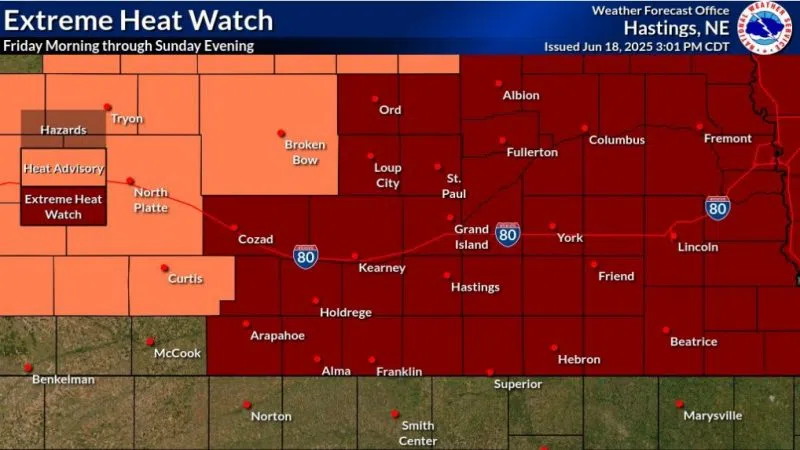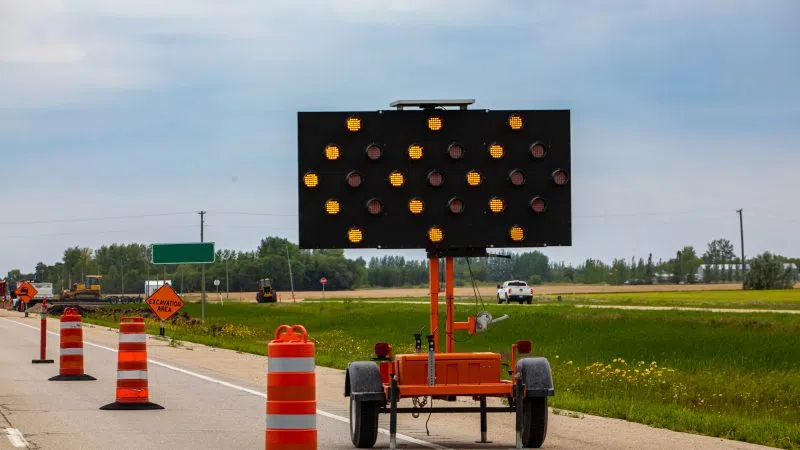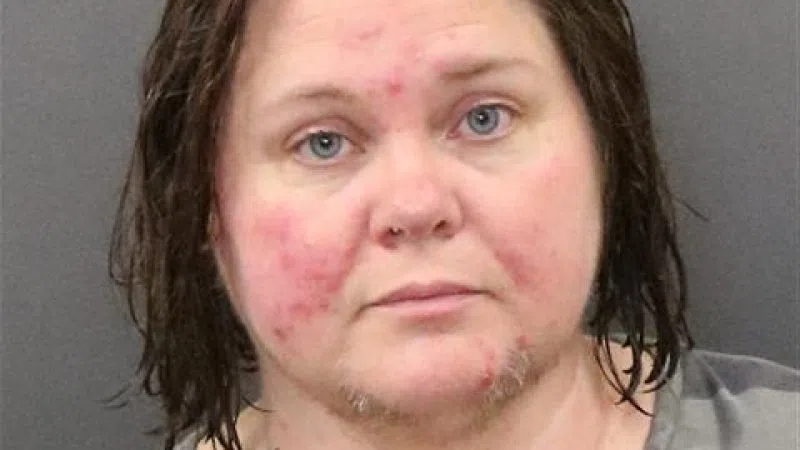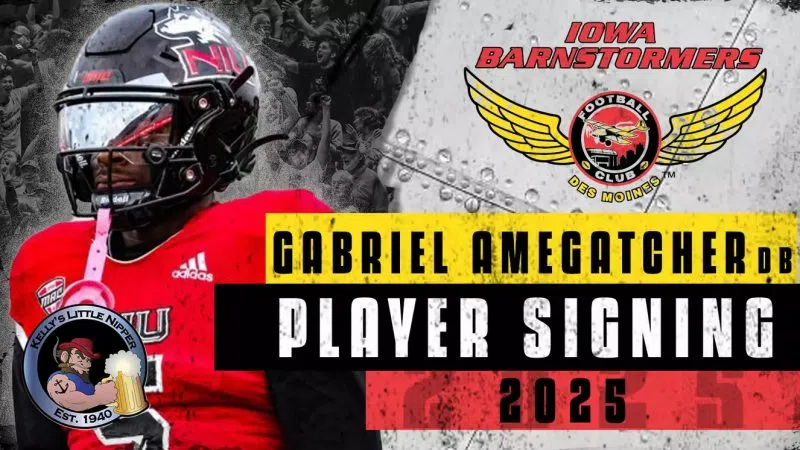
Funeral director Dan Naranjo, who owns All Faiths Funeral Home, gave a presentation May 21 at the Woman’s Club Hargis House about the “History of Funerals: Then and Now.” (Carol Bryant, Central Nebraska Today)
GRAND ISLAND – Long-time Grand Island funeral director Dan Naranjo gave a presentation May 21 at Woman’s Club Hargis House titled “History of Funerals: Then and Now.”
Naranjo has worked as a funeral director over the last 40 years. For the last 25 years, he has owned and been a funeral director at All Faiths Funeral Home.
Naranjo discussed funeral customs dating back to the 1800s. One common theme between then and now is that funerals celebrate life.
He said he first had interest in becoming a funeral director when he was 11 years old. One of his brothers had just returned from serving in the Vietnam War and died after he returned to the United States. Naranjo remembers the military rites that were included in the funeral.
“The career chose me,” Naranjo said.
He recalled that funeral directors used to call the Grand Island Independent to give obituary information. The funeral director would read the obituary over the phone. Later a photo of the deceased person was hand-delivered to the newspaper, where the photo was scanned prior to publication.
Funeral programs used to be commercially printed. Now, they are printed at funeral homes using their printers.
Naranjo said that funerals are becoming more personalized.
He then talked about the history of funerals in the United States. Native Americans wrapped bodies of deceased persons in blankets.
In the 1800s, funerals occurred at homes, usually in parlors. Also, funerals occurred in churches, which had cemeteries located next to the churches.
Cabinet makers commonly made wood caskets. Funeral directors were known as undertakers.
At the time of the Civil War, embalming emerged as a funeral practice. Bodies needed to be preserved for long journeys to the soldiers’ homes.
The first cremations occurred in the late 1800s, Naranjo said.
He noted that after a funeral director works with a family to plan a funeral, “these families will become your friends for a lifetime.”
He described Grand Island as a melting pot of people. Funeral directors work with people from countries including Mexico and Cuba. Muslims require prompt burial. They are not embalmed or cremated. The corpses are sent to Lexington, which has a section in its cemetery for Muslims.
“It is a privilege of ours to work with different cultures,” Naranjo said.
Naranjo said that the Grand Island City Cemetery is not divided into sections based on factors such as culture or religion.
Old coffins had metal plates attached that were engraved. The plates were removed before burial. Naranjo had examples of coffin plates that were purchased in antique stores. He said that the plates likely end up in antique stores because the last descendants in the family have died.
Symbols on headstones vary by factors including culture. They may include images such as anchors or angels. An obelisk monument represents a finger pointing to heaven.
Naranjo quipped that he named his business All Faiths Funeral Home because many people have difficulty pronouncing his last name correctly.
A funeral custom from the past involves using hair from the deceased person to create “hair art.” Hair is woven into various designs. This was popular during Victorian times.
“What is very common now is the thumbprint,” Naranjo said. The thumbprint is used to make jewelry.
Funeral directors encourage children to write notes and put them into caskets, he said.

This old funeral-related illustration shows an angel holding a child, (Carol Brant, Central Nebraska Today)














